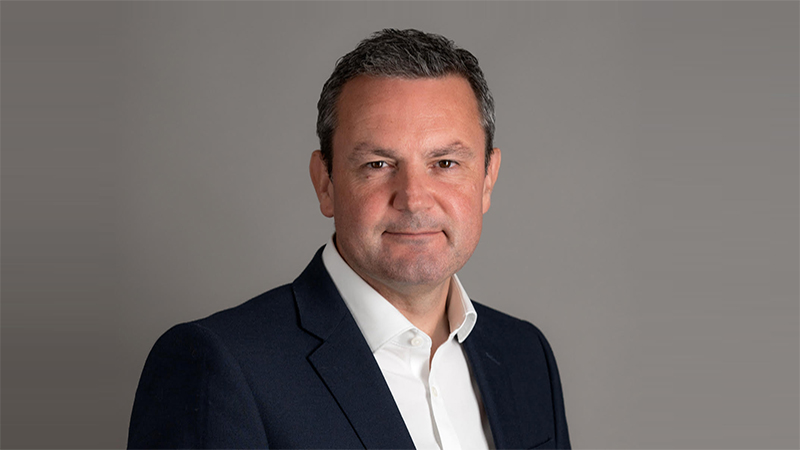In recent weeks I have observed numerous headlines highlighting the dominance of model portfolio services (MPS) in industry fund flows. This trend is good news for consumers as it suggests central investment propositions created within a well-governed framework appear to now be well embedded across the industry.
However, this rise in MPS led me to consider their rapid growth compared with the longstanding presence of fund of funds and multi-asset funds, which often resemble MPS at a portfolio level.
During a recent conversation with ISS Market Intelligence, I learned that in 2023 MPS’s generated £65bn in gross sales versus £23bn for multi-asset funds. More strikingly, MPS’s saw £10bn in net new flows, while multi-asset funds faced net outflows of £400m.
Having been a director of an ACD, I am keenly aware of the additional governance layer that multi-asset funds provide through the asset manager’s ACD boards, which importantly contain independent non-executive directors. With this, together with being a long-time advocate for fund of funds and multi-asset funds, I sought to understand the difference in support.
To gain insight, I consulted with several multi-asset providers, particular the portfolio managers, to specifically learn from their perspective.
Richard Philbin, CIO (Investment Solutions) at Hawksmoor, emphasised the tax advantages of fund structures, in that “CGT is only an issue when selling a fund, not like an MPS when any transaction could be a trigger”. He also highlighted the challenges of obtaining the lowest cost share classes on a platform, which he was able access directly.
See also: Rob Thorpe: What does the industry mean by ‘consistently’?
Simon Evan-Cook, fund manager of VT Downing Fox Funds, highlighted the administrative challenge for a manager with a standard and sustainable risk range making an asset allocation change, “if you run 10 models across 12 platforms, that’s a lot of transactions to administer, which one do you do first?”.
Evan-Cook’s example is stark in highlighting efficient execution across 120 different portfolios all at the same time. Scott Spencer, recently of the Columbia Threadneedle multi-manager team, raised the point of investment choices for MPS’s being restricted to those available on platform, but also the advantage of a fund structure being available where MPS may not be accessible, like some “life products”.
These are sentiments echoed by Robin McDonald, head of multi-manager at Schroders, who also advocates for the “transparency of costs, charges, and performance in fund structures”.
Despite these advantages, ISS Market Intelligence reports that in 2023, 74% of all multi-asset gross flows were channelled through MPS, with over 200 MPS providers tracked. This vast number suggests that many adviser firms might be leveraging discretionary permissions for their own MPS as a streamlined way to manage client recommendations. Perhaps it is the growth of adviser own MPS structures developed from advisory models which provides the answer?
See also: The diversification dilemma: Is 60/40 dead?
Speaking with a head of sales at a major MPS provider, his view was it was simply down to client perception. Post-Mifid II, the need for detailed disclosures on investment costs favoured MPS, as a client report itemised each component of the portfolio at the client level, rather than the single line of a fund. This enhanced the perception of the value provided by their investment.
The growth in MPS sales since Mifid is contrast with a decline in gross sales in traditional fund of funds. While that may be the case, many fund groups have since developed client level reporting at a portfolio level for their funds in response.
As such, why are fund groups then not promoting the fund structure over MPS? As one head of sales at a large fund group told me: “The problem with us advocating for a fund structure over an MPS is that many of our largest clients are MPS providers, so we wouldn’t want to annoy them.”
Given the additional governance layer of a fund’s ACD, issues highlighted in relation to tax, investment choice limitations, and platform administration challenges, it may not be surprising that we may see a growing trend of MPS providers developing fund solutions for their portfolios in the future.
This may be compounded by further disclosure requirements such as SDR, becoming a bigger burden. This in turn may lead to the renaissance of flows back to multi-asset funds and particularly fund of funds structures; which could be good news to those fund groups that are seeking to develop that capability or which had the foresight to retain it.
Rob Thorpe is managing director of specialist consultancy Distribution Alpha Ltd, www.distributionalpha.com








